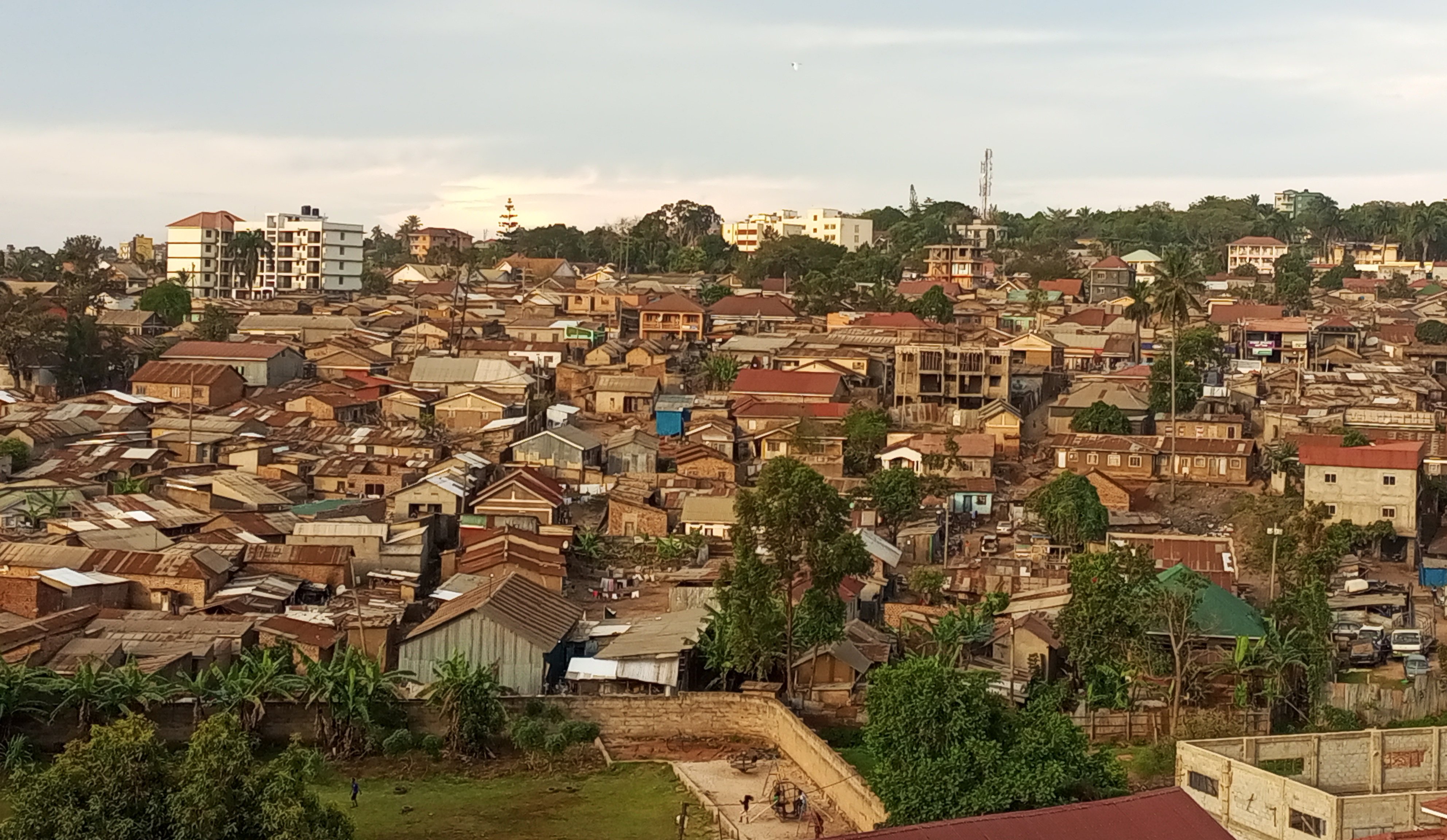Physical planners should make visible change

A view of Kikubamutwe slum in Kabalagala, a Kampala surburb. Because such land is not surveyed, it defies physical planning. PHOTO/FILE
What you need to know:
The issue: Planning
Our view: ...the planners’ function and reach needs to be felt across the country and perhaps this is an opportunity for the body of physical planners to stamp their mark on the new cities by paying attention to the trend of development and making sure that the correct standards are followed from the start.
The commissioning of the Interim Executive Council for the Society of Physical Planners early this week by the State Minister for Urban Development has been lauded as a big development and a major step in the right direction in light of Uganda’s rapid urbanisation. The setup of a body such as this is many years overdue.
By the time of inaugurating this body, many towns and cities are suffering from the after effects of poor planning while at least 20 years’ worth of professionals have been released onto the job market and were seriously underutilized since the launch of specialised training in urban planning at Ugandan universities.
Kampala City’s Directorate of Physical Planning sets out the functions of physical planning as follows; to plan and design the City physical infrastructure including the re-zoning, land sub-division and determination of the areas for development; Plan, conduct surveying and mapping, delineate the areas for social infrastructure, establishment of geodetic control, quality checks of cadastral jobs (interpretation and advice on boundaries), survey of City land boundaries, production and printing of topographical maps as well as planning and monitor the surveying, valuation, registration and administration of land in the City and managing resolution of land disputes.
It is a broad mandate and with the added challenge of enforcing a relatively young set of rules—the National Physical Planning Standards and Guidelines which came into force in 2011.
There is a lot of work involved in course correcting the trend of physical planning in this country, including attempts to rectify some errors of the past while looking to adopt modern planning for cities of the future.
Physical planning is the foundation upon which all development sits or relies, taking into account the rapidly growing population.
Over the past 50 years, Uganda’s urban population has grown from 6.9 percent in the 60s to 26 per cent, meaning at least a quarter of all Ugandans are now urban dwellers. This trend of growth looks set to continue, especially with the creation of new cities.
In May 2019, Parliament approved the creation of 15 new cities to be operationalised in a phased manner.
With the population growth and multiplication of cities, the planners’ function and reach needs to be felt across the country and perhaps this is an opportunity for the body of physical planners to stamp their mark on the new cities by paying attention to the trend of development and making sure that the correct standards are followed from the start.
Our commitment to you
We pledge:
- To be accurate and fair in all we do.
- To be respectful to all in our pursuit of the truth.
- To refuse to accept any compensation beyond that provided by Monitor Publications Ltd. for what we do in our news gathering and decision-making.
Further, we ask that we be informed whenever you feel that we have fallen short in our attempt to keep these commitments.



